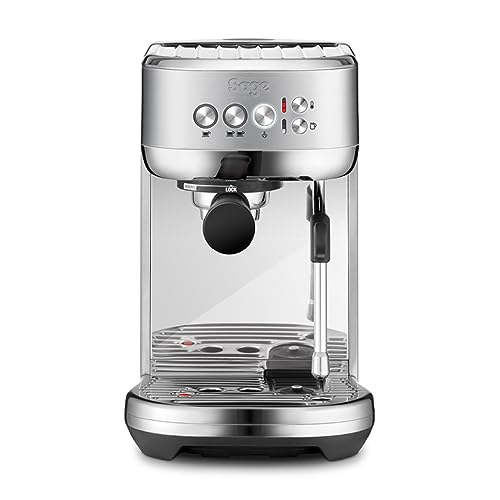How to Build a Professional Espresso Machine
For coffee shops and cafes looking to attract customers with a passion for barista and espresso, this is an excellent choice. It's an official machine for World Barista Championships, and it displays.
It also has a reservoir for water to ensure that the barista only has to refill it during their shift. It also has cool-touch steam wands and hot water taps for tea.
coffeee is required to create a huge amount of espresso based drinks efficiently. That's why they are generally constructed from stainless steel which is more durable and resistant to breakage and scratches. These espresso machines are also easier to maintain and keep clean.
Additionally, a top quality machine will have a separate shut off valve for the water line in order to prevent the formation of limescale. This will ensure that any repairs are confined to the specific machine components and won't impact the remainder of your operation.
Check your water and ensure that it has been treated properly. For example the distilled water can be refining by adding a small amount of minerals back into it. It can enhance the taste and lessen its erosive properties, but can also damage certain machines. The remineralized water will make the boiler sensor think that the machine is full however it's not. This could cause the machine to overheat and be damaged.
Grinder
The grinder is an essential element of an espresso machine that works. The grinder transforms the raw, unground coffee bean into a finely -ground coffee that can be tamped properly into the filter basket to ensure an outstanding extraction.
Commercial-grade professional espresso machines typically have a built-in grinder which can be programmed to grind for different sizes of drinks, providing the same results every time. Super-automatic machines go further and automatize the entire process from brewing to grinding and dispensing. These kinds of machines are able to score high marks in Lab tests for their hands-off accessibility.
A semi-automatic or manual espresso machine requires more involvement by the barista, but the quality of the final product is often worth it. This model won an award called the Good Housekeeping Coffee Award in 2022 for its intelligent dosing system that measures and dispenses the right amount of coffee every time. It also has a low-pressure pre-infusion system for well-balanced extraction as well as the milk frothing wand, which was a success in our test for producing thick, rich steamed milk.
Temperature
Temperature is an important factor in espresso. If the temperature of the water is not at a suitable level, it can result in a slower extraction and even result in an unpleasant cup.

High-end espresso machines have tools that help you maintain the proper temperature of your water. A PID monitors and regulates the temperature of the water. Double boiler systems are a different way to do this. This lets you use one boiler for steam and tea and the other one to heat water to brew temperature.
Carles states that these kinds of systems can make a big difference for large-scale businesses as well as home baristas. They make it easier for novices to get the perfect espresso shot since they can keep an accurate temperature and avoid some of the factors that can alter the flavor profile. It helps experienced baristas to create their shots exactly the way they would like them.
Pressure
The pressure an espresso machine is using can affect the quality of coffee it produces. Many espresso drinkers have noticed that their drinks taste different based on the pressure they use, even if all other variables remain the same.
In general, commercial-grade machines use nine bars of pressure to create espresso. These machines tend to be driven by pumps rather than steam-driven. While higher-pressure machines are readily available however they require a group head that is more intricate to handle the increased levels of pressure.
While you may find espresso machines advertising 15 or even 18 bars of pressure, nine bars is generally considered the gold standard for making consistently excellent brews. These higher-pressure machines are typically less expensive and designed for home use.
In comparison, 9 bar of pressure is four times greater than the pressure applied by your car tire. The greater pressure a professional espresso machine can apply more pressure, the better it'll be at capturing the taste of the coffee beans you love. It's worth investing in a premium machine that will give you the most effective results.
Barista Skills
A barista needs to be able to take and process customer orders quickly and efficiently. This is particularly crucial during busy times in the coffee shop. A good customer service skill is crucial to build relationships with customers and increasing the sales of the coffee shop. This includes acknowledging regular customers, working to resolve problems efficiently, and remaining positive and helpful in difficult situations.
Baristas are often able to multitask, as they are expected to take orders and operate a cash counter, communicate orders with coworkers and respond to phone calls all at once. This skill helps keep orders moving quickly to the customer and allows them to have an enjoyable experience in the coffee shop.
It is helpful for a barista to be knowledgeable about the various types of drinks that can be prepared with an espresso machine. You can find out about the various types of espresso by studying them, trying them in person and watching online videos. Baristas often find it beneficial to attend classes on the topic, which are provided by a variety of organizations.
